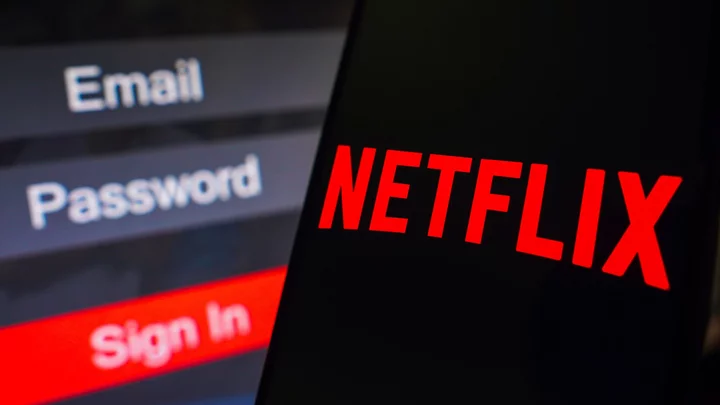The account-sharing crackdown that Netflix announced almost a year ago and started implementing in the spring has yet to scare most account borrowers into paying up. But it probably makes business sense anyway, according to a new survey from MoffettNathanson.
That market-research firm commissioned Publishers Clearing House (yes, the company does things besides run a sweepstakes that sends giant replica checks to people’s front doors) to survey 19,000 Americans in Q3 about their usage of the video-streaming service. The first takeaway: Most Netflix viewers watch by the rules.
A full 77% of respondents say they only use their own account, while 8% sometimes lean on somebody else’s subscription (the report doesn’t get into why), and 14% only watch on other people’s accounts.
In most cases, account sharing is a family affair: Parent-child sharing makes up 42%, siblings comprise 24%, and other family ties account for 17%. The report warns of a potential gap between how Netflix defines a household—”people who live together in one household,” per its documentation—and the more flexible definitions these viewers may prefer.
But the bigger short-term issue for Netflix is that most account borrowers haven’t gotten any sort of nastygram from the company yet. Only 23% say they’d gotten a warning about their usage, although 72% of those recipients had since gotten locked out of their borrowed account. The report doesn’t discuss whether any of these viewers had tried workarounds to evade Netflix’s sharing countermeasures.
Those numbers suggest that the slow implementation of this crackdown Netflix described in July—when co-CEO Greg Peters said on its Q2 earnings call that it’s being “applied gradually”—hasn’t picked up much speed since.
MoffettNathanson’s report also suggests that most viewers busted for account borrowing will take their eyeballs elsewhere. Only 32% of people who borrowed a subscription and got blocked said they would either get their own account or already had. That is, however, a higher fraction than the 22% of borrowers who still had access to a shared account and told PCH that they would start paying or already had.
MoffettNathanson’s bottom-line math: “If Netflix is able to entice 25% of current sharers to resubscribe to their ad-tier, that would translate to 6.8 million net adds and $567 million in incremental annual subscription revenue.”
(That bump could be higher if Netflix implements the rate hike that an Oct. 3 Wall Street Journal report predicted will come.)
In its Q2 earnings report, Netflix said it gained 5.9 million new subscribers and was seeing good uptake of the “extra member slot” option, which lets people add up to two extra people to their account for $7.99 per month per member. Its ad-supported tier costs $6.99 per month, and Netflix dropped its $9.99-per-month Basic plan in July, meaning the cheapest ad-free option is $15.49 per month.
MoffettNathanson’s report doesn’t address whether account sharers had taken Netflix up on this offer to avoid cutting off friends or family from their Stranger Things fix. We hope a future survey will cover that–and, should Disney+ extend its own account-sharing crackdown from Canada to the US, that it will also look into account borrowers on that streaming service.

